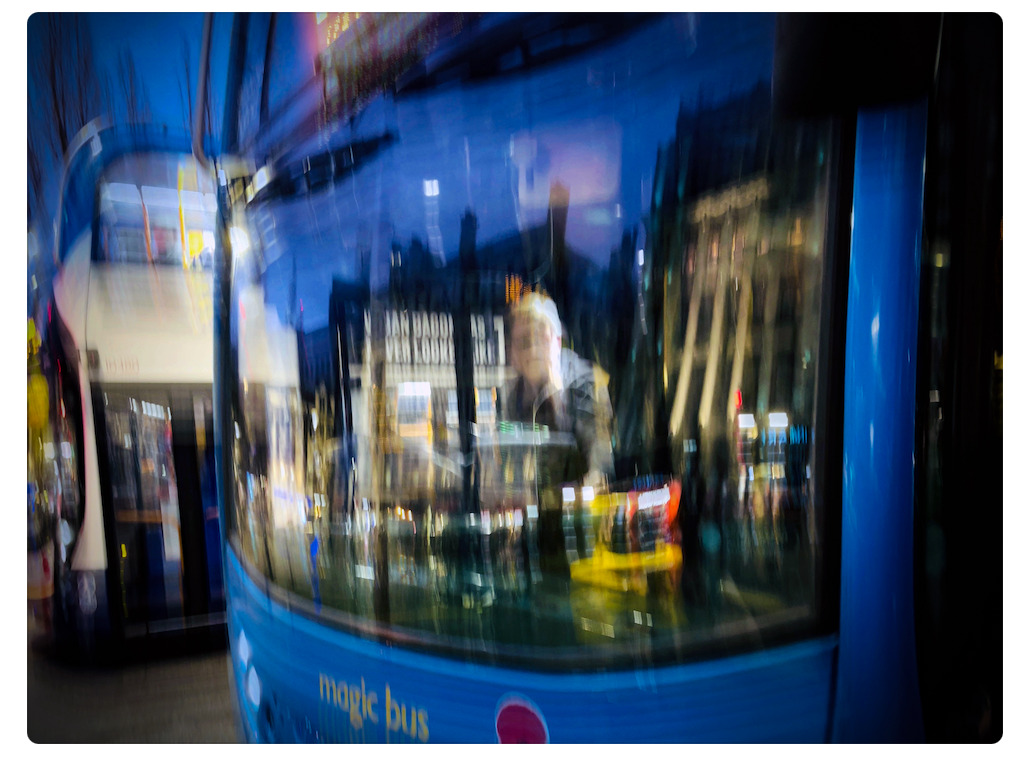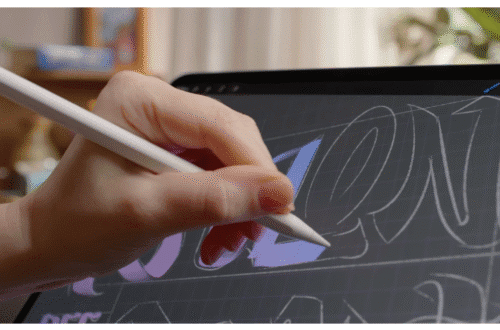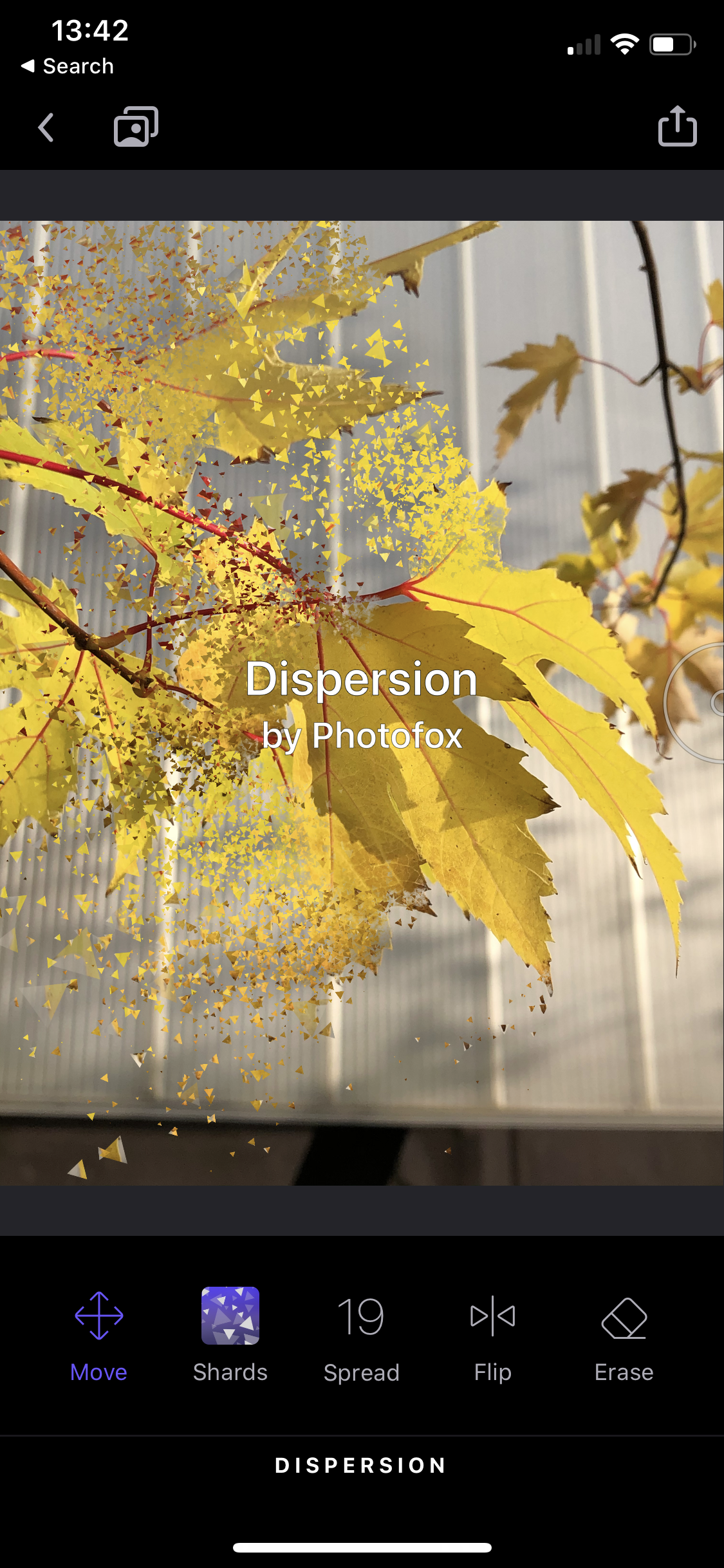
URBAN ECHOES: The Art of iPhone Street Photography
URBAN ECHOES: The Art of iPhone Street Photography
For generations, street photography has captivated audiences with its raw and unscripted documentation of candid moments in urban settings. The genre has undergone substantial creative evolution over time, yet the core objectives remain: to capture the essence of daily life through a lens of authenticity and an imaginative eye.

Inspired by the mid-twentieth-century masters of street photography, I set out to create images with my smartphone that reflect my interpretation of the urban landscape. I am a long-time user and champion of iPhone photography. For more than a decade the device has been a constant companion for me, capturing life’s moments and helping me to express my creativity. Using a smartphone when taking pictures in public spaces allows discreet and unobtrusive practices. By blending into the surroundings and avoiding drawing attention to oneself, it becomes possible to capture unique moments without the risk of confrontation or loss of the desired shot.
Using a smartphone when taking pictures in public spaces allows discreet and unobtrusive practices. By blending into the surroundings and avoiding drawing attention to oneself, it becomes possible to capture unique moments without the risk of confrontation or loss of the desired shot.

Taking photos in bustling streets is an exciting and challenging task that demands a sharp eye, fast reactions, and a good sense of timing. To embody the energy of street life, one must embrace the chaos and be fully immersed in the moment. For me, it’s about conveying the vibe and dynamism into a single frame.
It’s about storytelling and inviting the viewer to experience a slice of the city’s soul as if they were there. To achieve this, it was inevitable that I would consider incorporating long exposures into my work.

Long exposure is a photography technique that creates a sense of motion in images such as flowing water, moving traffic, or star trails. By keeping the shutter open for an extended period, the camera captures the movement of light, resulting in unique images not being possible with standard exposures.
Cameras with manual control over aperture and shutter speeds were previously required to achieve these effects but modern advances in computational photography offer alternatives.

The iPhone creates long exposures differently than a traditional camera. Advanced image processing algorithms allow it to stack several images, captured within a specific period, into a single photograph, overcoming its 1-second shutter speed limitation. This occurs seamlessly in the background without disrupting the shooting experience.
Since the release of the iPhone 6S way back in 2015, the built-in Live Photo feature allows capturing 3-second moving images that can be converted to long exposures.
This remarkable feature is a convenient way of capturing long exposures but it does have limitations, not least the inability to adjust the exposure duration. For more advanced control, I recommend using third-party apps such as Spectre Cam or SlowShutter Cam.

Spectre Cam is a top-performing app with preset shutter speeds of 3, 5, and 9 seconds and the ability to stop exposure at any time. Its computational intelligence includes image stabilisation, scene detection, and machine learning. It saves the entire exposure as a Live Photo, letting you re-play and save the capture, and access the best frame through the Photos app timeline.
Ironically, the app is probably too good at what it does to allow me the type of free-flowing blur that I’m looking for in my images, and it excels in removing people from scenes – definitely something that I’m not looking for in my street photography!

In contrast, my go-to app when creating street images is SlowShutter Cam. It offers a user-friendly interface to adjust exposure time, ranging from a fraction of a second to multiple seconds – I typically capture most of my street photos with times of less than a second. It features three capture modes: Motion Blur, Light Trail, and Low Light.
The standout feature of the app is the live preview, which enables real-time adjustments to camera settings, composition, and lighting. I’ve honed a technique to make multiple exposures while the image is still being captured, I don’t employ this in all my shots, but it can yield intriguing results. SlowShutter Cam has more than sufficient features to meet my needs, and I utilise various combinations of the app’s tools depending on the scene I am trying to capture.

Reviewing and adjusting images in real-time is a skill that takes practice and requires balancing priorities. For landscape photography, I can take more time, but in street photography, I need to be quick. Sometimes, the moment demands a fast approach, leading me to capture sequences of images in a burst-mode style, prioritising capturing the moment over reviewing. Ultimately, whatever device and technique you use should be secondary to your vision and decisiveness at the moment.

Experimenting with various techniques, I found that by intentionally moving the camera during an exposure, I could create a deliberate blur ranging from subtle to extreme, resulting in abstract representations with surreal and impressionistic qualities. Most photographers refer to this technique as ICM (Intentional Camera Movement), other terms such as “motion blur photography” or “intentional blur” are also used.
It allows me to break free from the idealistic constraints of traditional photography and experiment with new techniques and styles. Whether in photography or painting, abstract images offer a new viewpoint of the world, they are innovative modes of expression, questioning conventional depictions of reality, and inspiring emotional responses from the audience.
I explore the notion that motion and light cast a trail, reverberating the kinetic energy and flow of the world around us. My photography straddles the line between reality and imagination, revealing hidden beauty in seemingly mundane or chaotic environments, encouraging the viewer to see the world in a new light and overlay their own experiences and emotions.

Serendipity plays a crucial role in ICM photography, bringing a one-of-a-kind unpredictability to my creative process. This element of chance adds an extra layer of excitement and creativity to the process, I never quite know what I’m going to get when I press the shutter button.
In street photography, it’s typical to discard more shots than you keep, and employing ICM techniques only adds to the ratio of rejected shots. I view missed opportunities and mistakes as a natural part of the creative process, not as failures. Instead, I accept and learn from them, then move on.
I have found that street photography is a captivating blend of luck, chance, vision, and skill. It is a form of artistic expression, much like jazz music. Just as a sax player instinctively hits the right combination of notes so photographers navigate their surroundings with fluid, flexible energy to hit the right places at the right time.
It speaks to the soul and captures the rhythm and flow of urban life. The results are visual symphonies that can tell stories frozen in time. The thrill of capturing life as it unfolds is truly addictive and I cannot resist its allure.
About Adrian McGarry
www.adrianmcgarry.com
www.instagram.com/adrianmcgarry
www.facebook.com/adrianmcgarry.shotoniphone
Please support us
TheAppWhisperer has always had a dual mission: to promote the most talented mobile artists of the day and to support ambitious, inquisitive viewers the world over. As the years pass TheAppWhisperer has gained readers and viewers and found new venues for that exchange.
All this work thrives with the support of our community.
Please consider donating to TheAppWhisperer as this New Year commences because your support helps protect our independence and we can keep delivering the promotion of mobile artists that’s open for everyone around the world. Every contribution, however big or small, is so valuable for our future.




